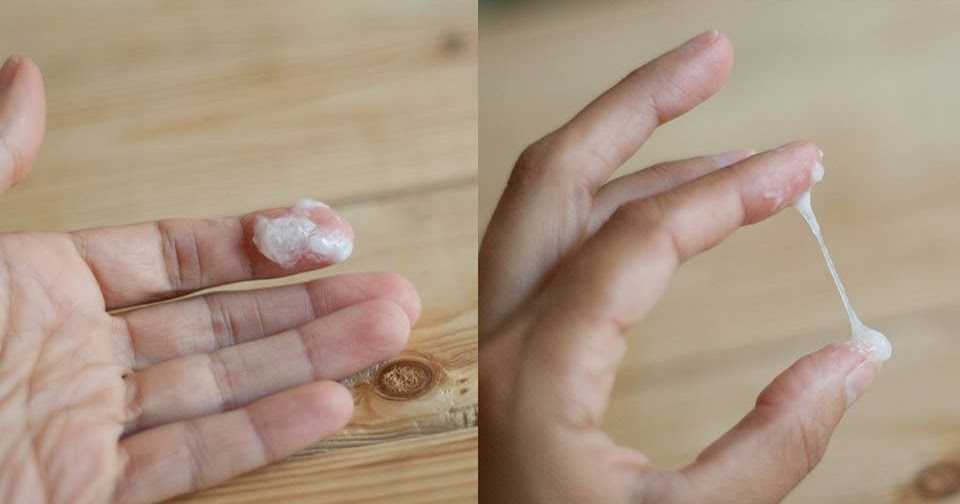Experiencing changes in your body can sometimes leave you wondering what’s going on. One common occurrence that many women notice is white discharge before their period. It’s a natural part of your menstrual cycle that can reveal essential insights into your fertility and overall health. Understanding the different types of discharge and what they mean can help you stay informed about your body’s signals.

By learning more about what this discharge signifies, you can gain a deeper understanding of your body’s rhythms and how to interpret these subtle yet significant signs.
Contents
- 1 What Does White Discharge Before a Period Mean?
- 2 Causes of White Discharge Before Period
- 3 Is It Normal?
- 4 When Is Seeing a Doctor Necessary?
- 5 Frequently Asked Questions
- 5.1 What changes in vaginal discharge warrant seeking medical advice?
- 5.2 Why is it crucial to consult a healthcare provider for variations in vaginal discharge?
- 5.3 What are the key indicators that suggest the need for a consultation regarding vaginal discharge?
- 5.4 What should individuals do if they notice unusual vaginal discharge symptoms?
What Does White Discharge Before a Period Mean?
White discharge before a period, commonly known as leukorrhea, is typically a normal and healthy part of the menstrual cycle. It plays several important roles in the female reproductive system.
White discharge is often a sign that you are in the luteal phase of your menstrual cycle, the stage following ovulation leading up to your period. It indicates that your body is preparing for menstruation.
This discharge helps to keep the vagina clean, moist, and healthy by flushing away old cells and bacteria. It plays a crucial role in maintaining vaginal health and preventing infections.
Causes of White Discharge Before Period
This discharge can vary in consistency and amount during different phases of the menstrual cycle, largely due to hormonal fluctuations. Understanding the causes can help differentiate between normal bodily functions and potential signs of health issues. Here are the primary causes:

1. Hormonal Changes
Estrogen and Progesterone Levels: The levels of estrogen and progesterone in your body fluctuate throughout your menstrual cycle. These hormonal changes stimulate the cervix and the glands within it to produce mucus. As you approach your period, increased estrogen levels can lead to the production of more discharge.
2. Cervical Mucus Production
Cervical Mucus Cycle: The cervix produces different types of mucus based on the phase of the menstrual cycle. Just before a period, the mucus may thicken and become more noticeable, appearing as white discharge.
3. Pre-Menstrual Symptom
Natural Part of the Menstrual Cycle: White discharge can be a pre-menstrual symptom indicating that your body is preparing for menstruation. It’s one of the ways the body cleanses the vagina and uterus in anticipation of your period.
4. Vaginal Flora Balance
Lactobacilli Presence: The healthy bacteria in your vagina, primarily lactobacilli, help maintain an acidic environment. This process can sometimes increase the production of white, milky discharge as a way to keep the vagina clean and free from infections.
5. Indication of Ovulation
Post-Ovulation: In some cases, white discharge before a period might still be part of the ovulation process. After ovulation, the discharge can become thicker and creamier in texture, eventually becoming whiter as you near your period.
6. Healthy Vaginal Environment
Protective Mechanism: This discharge serves as a protective mechanism to prevent infections by carrying away dead cells and bacteria. This process keeps the vagina clean and maintains a healthy pH balance.
Is It Normal?
Yes, white discharge is generally considered normal and a healthy part of the menstrual cycle for most women. This type of discharge, known as leukorrhea, is usually thin, milky, and mild-smelling or odorless. It serves several important functions, including:
- Maintaining Vaginal Health: The discharge helps to clean and lubricate the vagina, preventing infections by flushing out bacteria and dead cells.
- Indicating Hormonal Changes: Changes in the consistency, amount, and appearance of the discharge can reflect various phases of the menstrual cycle, due to fluctuations in hormone levels, especially estrogen and progesterone.
- Facilitating Fertilization: Around ovulation, the discharge becomes clearer, stretchier, and more plentiful, creating a sperm-friendly environment to facilitate fertilization.
While white discharge is typically normal, it’s important to be aware of your own body’s patterns and what is typical for you. Variations in the amount, consistency, and timing can occur due to stress, hormonal changes, sexual arousal, and other factors.
When Is Seeing a Doctor Necessary?
Seeing a doctor for white discharge is necessary when you notice changes that deviate from your normal pattern or if the discharge is accompanied by other symptoms that may indicate an underlying health issue. While white discharge is typically normal and a part of the menstrual cycle, certain signs warrant medical attention:

-
Change in Color: If the white discharge turns yellow, green, grey, or has streaks of blood when you’re not expecting your period, it could indicate an infection or other health concerns.
-
Unpleasant Odor: A strong, foul, or fishy odor from the discharge can be a sign of bacterial vaginosis or a sexually transmitted infection (STI).
-
Texture Changes: Discharge that becomes chunky, frothy, or significantly thicker than usual might indicate a yeast infection or other types of infections.
-
Accompanying Symptoms: Experiencing itching, burning, redness, or swelling in the vaginal area, along with unusual discharge, are signs that should prompt a visit to the doctor. These symptoms can be indicative of infections like yeast infections, bacterial vaginosis, or STIs.
-
Persistent Symptoms: If the discharge continues without improvement or frequently recurs, even if it seems normal (white and odorless), seeking medical advice is a good idea to rule out chronic conditions or hormonal imbalances.
-
Associated Pain: Pain during urination or sexual intercourse, along with abnormal discharge, could indicate an infection or other serious conditions that need medical evaluation.
-
Impact on Daily Life: When the discharge is so heavy that it impacts your daily activities or requires you to change your sanitary protection frequently, it’s advisable to consult a healthcare provider.
-
Postmenopausal Changes: For postmenopausal women, any new or unusual discharge is a reason to see a doctor, as changes in vaginal discharge can be related to hormonal changes or health issues specific to postmenopausal status.
Frequently Asked Questions
What changes in vaginal discharge warrant seeking medical advice?
Any persistent changes in vaginal discharge for over a month, unusual colors like green or gray, or accompanying symptoms like itchiness, burning, or fishy smell signal the need for professional medical evaluation. These changes may indicate infections or sexually transmitted diseases.
Why is it crucial to consult a healthcare provider for variations in vaginal discharge?
Seeking immediate medical attention for unexplained variations in discharge’s volume, consistency, or odor is vital to identify potential underlying causes early on. Timely intervention can help diagnose and treat any potential infections or health concerns promptly.
What are the key indicators that suggest the need for a consultation regarding vaginal discharge?
Significant indicators prompting a consultation include persistent changes in discharge lasting over a month, colors like green or gray, and accompanying symptoms like itchiness, burning, or a fishy smell. These signs may point to infections or sexually transmitted diseases requiring medical attention.
What should individuals do if they notice unusual vaginal discharge symptoms?
Individuals experiencing unusual symptoms such as changes in discharge colors, consistency, or accompanying itchiness, burning, or odors should promptly consult with a healthcare professional. Timely medical evaluation can help diagnose any potential infections or health conditions related to the vaginal discharge.
I am a medical student with experience and interest in Women’s health and well-being.